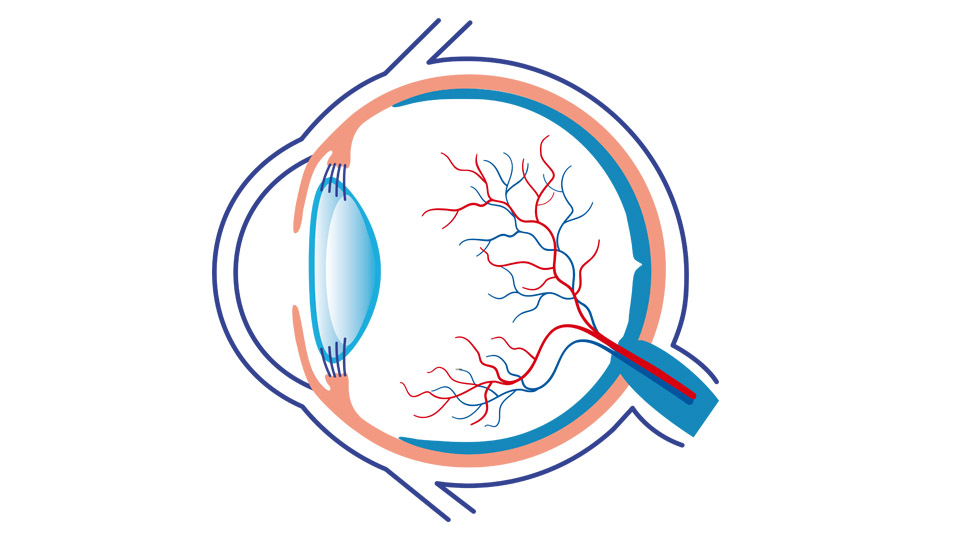What are migraines with visual aura?
16/12/2025

05/08/2025
The eye is a complex and fascinating organ that allows us to see and perceive the world around us. It is incredibly intricate and made up of various structures that work together to capture, focus, and transmit light to the brain. Below, we explain the most important parts of the eye, their main characteristics, and their approximate dimensions.

The cornea is the transparent, curved outer layer of the eye. Its main function is to protect the internal structures and to help focus light onto the retina.
The sclera is the white part of the eye, a fibrous and tough layer that provides structure and protection.
The conjunctiva is a thin, transparent membrane that covers the sclera and the inner surface of the eyelids. Its function is to protect and lubricate the eye.
The pupil is the circular opening that regulates the amount of light entering the eye, adjusting to different lighting conditions.
The iris is the coloured part of the eye that surrounds the pupil. Its function is to control the size of the pupil and, therefore, the amount of light that enters.
The lens is a natural, transparent, and flexible structure located behind the iris. It is responsible for focusing on objects at different distances.
The retina is a light-sensitive layer located at the back of the eye. It converts light into electrical signals that travel to the brain.
The optic nerve connects the retina to the brain. Its function is to transmit visual signals so they can be processed and understood.
In addition to these main parts, the eye also includes:
Understanding the anatomy of the eye is essential for understanding how vision works. Each structure plays a fundamental role in the visual process, from the entry of light to its interpretation by the brain. Taking care of our eyes and understanding how they function is key to maintaining good visual health throughout life.
Dr Silvana Belotto, ophthalmologist at the Barraquer Ophthalmology Centre